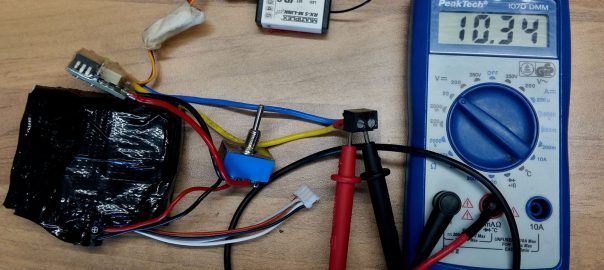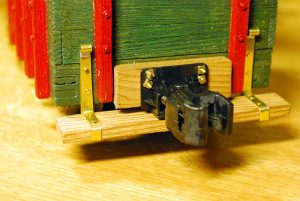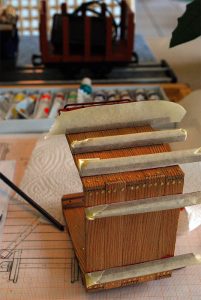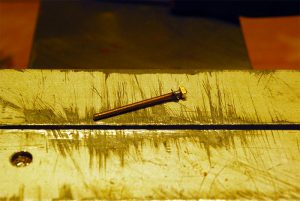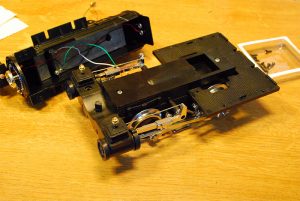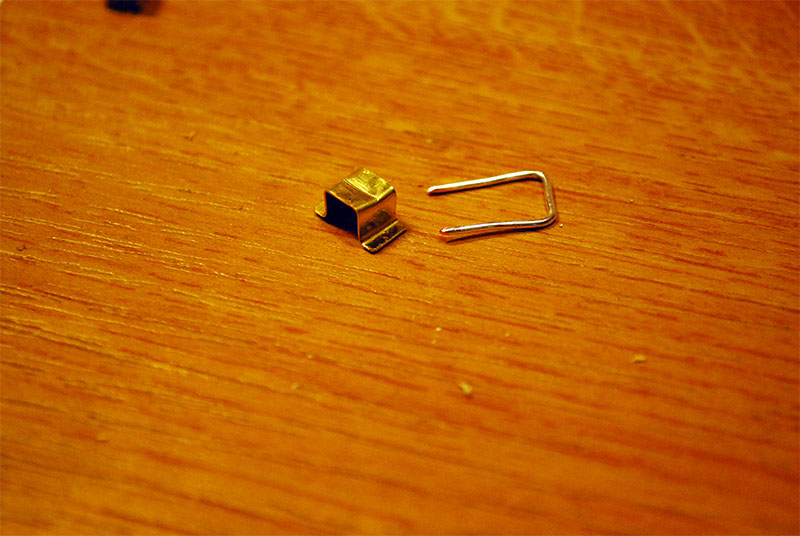After I finished the powerpack the next opportunity was seized to perform an extensive test run.
First the pack was connected to the charger and fully charged. To be on the safe side I placed the accu pack in a fireproof bowl and thanks to the fine weather I could move the whole setup into the garden. In case that a cell had been damaged, it would have spared me the troubles of toxic fumes in my workshop.
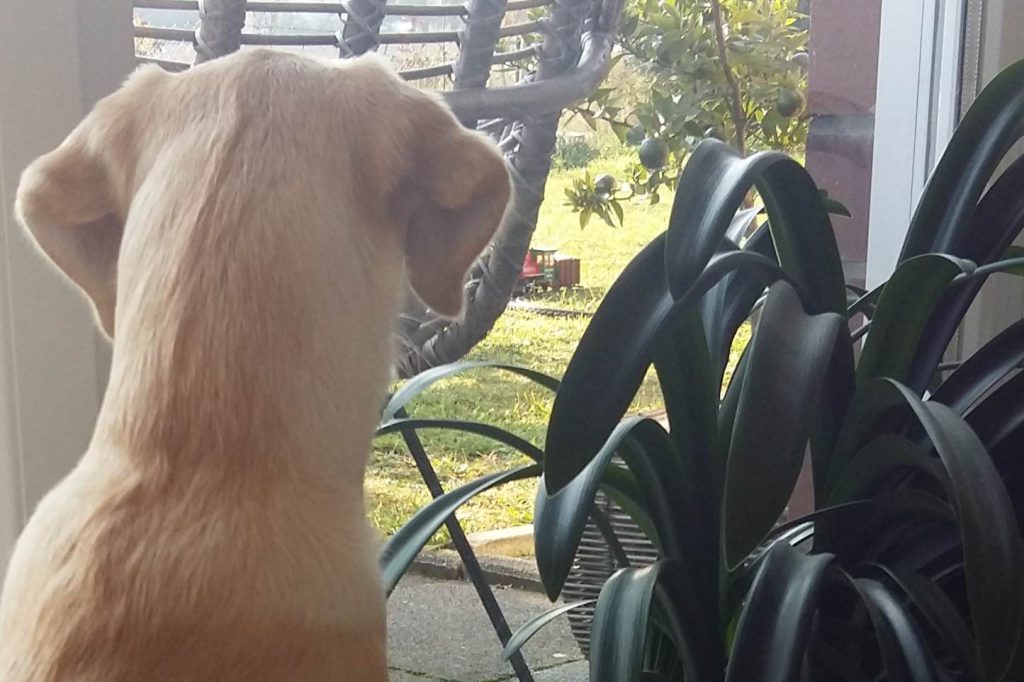
All went well, so I could plug the powerpack into the existing R/C circuit. The results were stupefying: almost three hours of solid mileage with 40% capacity remaining. Now I’m convinced that I can get up to two hours of operations out of the powerpack without overtaxing it. Next step will be the assembly of the DelTang transmitter.

